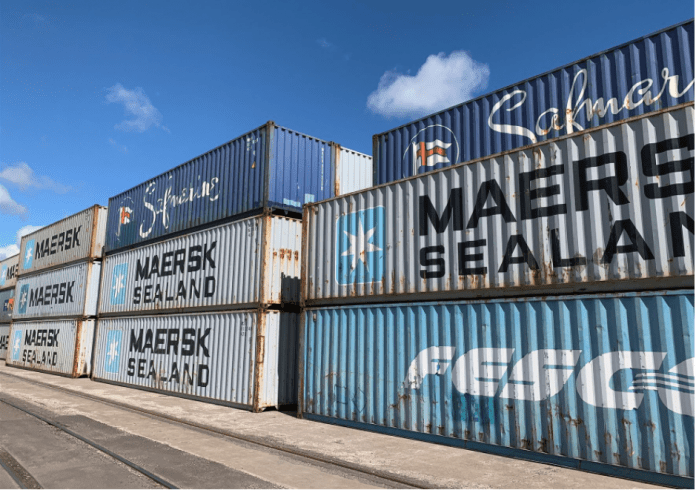The Clure Public Marine Terminal at the Port of Duluth has expanded its capacity space and is now capable of handling larger volumes of containers transported by vessel.
Minnesota’s terminal expansion will augment the existing road and rail intermodal container services under the Duluth Cargo Connect banner, which is a working partnership between Duluth Seaway Port Authority and Lake Superior Warehousing.
“Our Clure Terminal is a full-service multimodal logistics hub for the Upper Midwest,” said Deb DeLuca, executive director of the Duluth Seaway Port Authority. “We’ve been nurturing this potential for a while and we’re excited to see it coming to fruition.”
“Considering the significant congestion and delays occurring at some coastal ports, we provide a fluid alternative for containers to move inland and bypass those coastal bottlenecks,” added DeLuca.
As North America’s furthest-inland seaport, Duluth is an uncongested choice for shippers looking to move containerised cargo to and from the US heartland, according to the port’s statement.
In recent years, that activity included only land-based movement on the region’s highways or four Class I railroads serving the Clure Terminal. Now, this new waterborne container option is available, exclusively through Duluth Cargo Connect.
Beyond basic handling and customs clearance, the terminal features Foreign Trade Zone status, capability to stuff/de-stuff containers on-site, heat-treated dunnage certification for export packaging, a truck scale, reefer plugs, robust highway and rail connections and the most environmentally efficient way for containers to connect in and out of the Midwest, according to Duluth Seaway Port Authority.
“We’re excited about expanding our container services to include a direct maritime connection over our docks, which will give our customers even more opportunity and flexibility in their supply chains,” said Jonathan Lamb, president of Duluth Cargo Connect.







